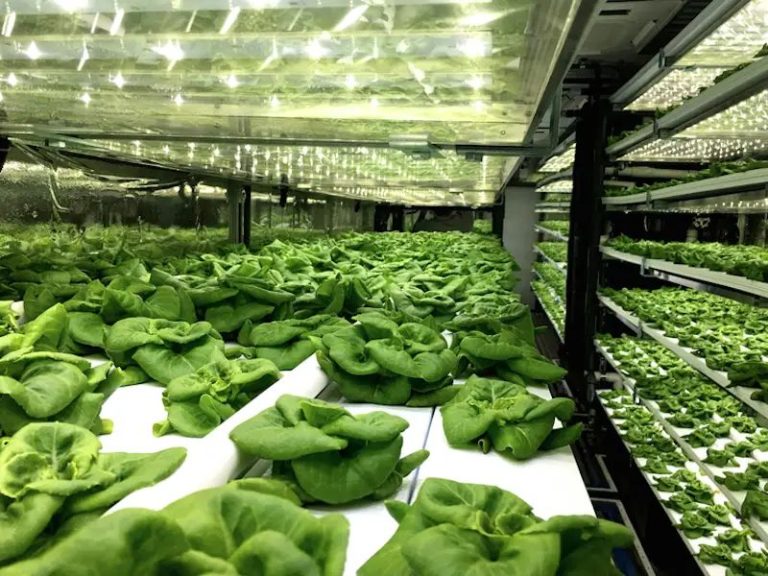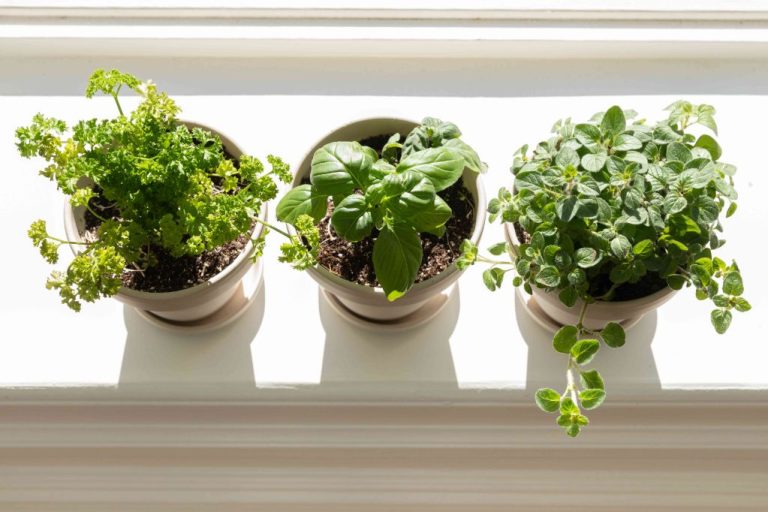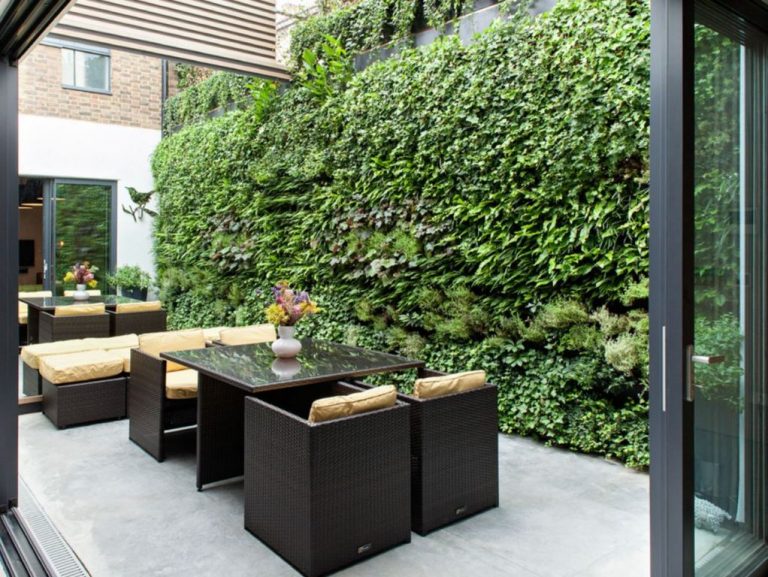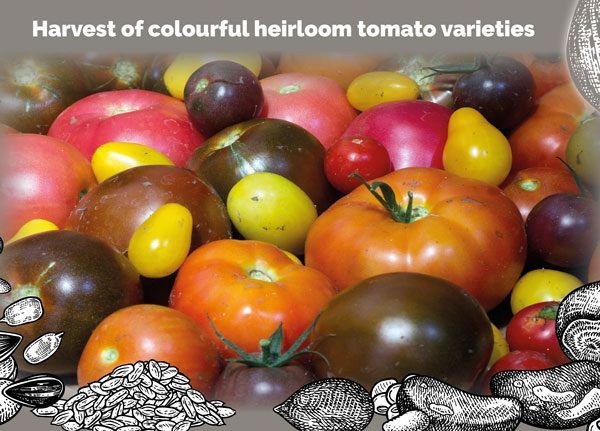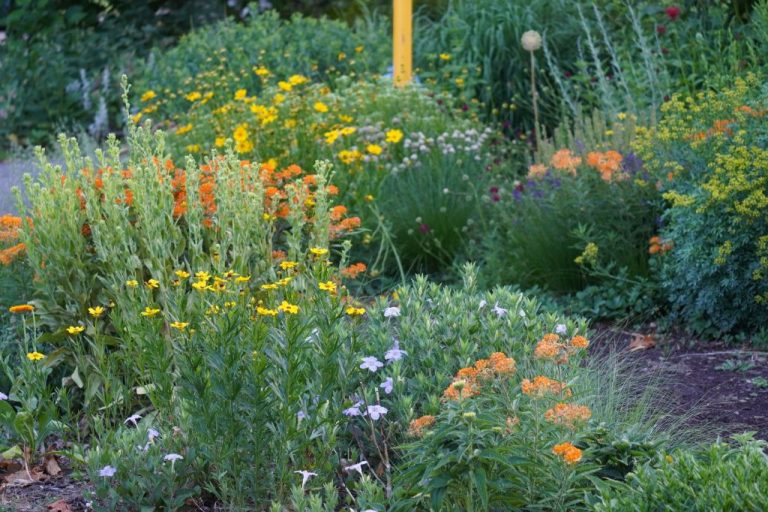Balcony Herb Gardens: Fresh Herbs For Urban Cooks
Having an herb garden at home provides many benefits for urban dwellers. Growing your own herbs allows you to have access to fresh flavorful herbs to cook with year-round. Homegrown herbs contain higher nutrient levels and more intense flavors than store-bought herbs. An indoor or outdoor herb garden also serves as a relaxing and rewarding hobby for city residents with limited gardening space.
Urban gardening has exploded in popularity in recent years. A survey by the National Gardening Association found that urban gardening increased by 17% from 2008 to 2013 in the US alone[1]. Community gardens, rooftop gardens, and balcony container gardens allow urbanites to participate in agriculture and connect with nature even in the concrete jungle. Herb gardens are one of the most popular types of urban gardens since herbs thrive in small spaces.
[1] https://attra.ncat.org/publication/urban-agriculture-in-the-united-states-baseline-findings-of-a-nationwide-survey/
Best Herbs for Small Spaces
When choosing herbs for a balcony garden, it’s important to select varieties that will thrive in containers and small spaces. Some of the best options include:
- Basil – A versatile culinary herb that comes in many varieties like sweet, Thai, and lemon (https://savvygardening.com/best-herbs-for-container-gardening/)
- Oregano – especially Greek oregano, is a hardy, aromatic herb perfect for containers (https://www.bhg.com/gardening/vegetable/herbs/best-herbs-for-container-gardens/)
- Thyme – this versatile herb thrives in hot, dry conditions making it ideal for pots and small spaces
- Parsley – curly leaf and flat leaf parsley grow well in containers
- Chives – easily grown in compact clumps, chives add onion flavor to dishes
- Sage – tolerates dry soil well, so it’s a top choice for balcony gardens
- Rosemary – as long as it gets plenty of sun, rosemary will flourish in a pot
When selecting the right herbs, consider their sunlight, water, and soil needs to ensure they will thrive in a small space.
Choosing the Right Container
Choosing the proper container is essential for a successful balcony herb garden. Be sure to select pots that have drainage holes in the bottom to allow excess water to drain out. Stagnant water can cause root rot. Avoid porous materials like terra cotta that allow the soil to dry out too quickly. Plastic, ceramic, or glazed pots are good choices as they retain some moisture. Metal containers can become very hot in the sun and may burn plants (1).
For most herbs, select a pot that is at least 6 inches deep. This gives enough room for roots to establish. Shallow pots like window boxes dry out quickly. The diameter depends on the number and size of plants you want to grow. For a few small herbs, start with a 6 to 8-inch diameter pot. Larger pots around 12 inches wide allow you to plant a combination of several herbs together (2). Just make sure the container is not so large that soil stays wet for too long after watering.
When in doubt, choose a pot on the larger side. Herbs will become root-bound in small containers and this stunts their growth. Make sure the pot is not too heavy when filled with soil, or it will be difficult to move once placed on a balcony railing (3).
Sources:
(1) https://miraclegro.com/en-us/indoor-gardening/growing-herbs-in-containers.html
(2) https://www.geturbanleaf.com/blogs/pots-planters/select-the-right-pot-for-herbs-and-vegetables
(3) https://www.gardenary.com/blog/how-to-grow-herbs-in-a-small-space
Soil Needs for Herbs
Herbs thrive in a soil that is light, fluffy, and fast draining. The ideal soil composition for growing herbs in containers includes:
- 1 part compost or coir to provide nutrients
- 1 part perlite or vermiculite to improve drainage
- 1 part peat or coco coir to retain moisture

A good quality potting mix like Miracle-Gro® Moisture Control® Potting Mix contains these components already blended. You can also make your own custom herb soil by mixing equal parts compost, perlite, and peat or coco coir.
Proper drainage is crucial for container grown herbs. Herbs are susceptible to root rot if left in wet soil for too long. Adding amendments like perlite, vermiculite, or pumice creates air pockets that allow water to drain away from the roots. A lightweight potting mix also prevents soil compaction which can limit drainage over time.
Before planting, fill the container with damp soil and let it drain completely to test drainage. There should be no water pooling on the surface after watering. Good drainage ensures oxygen reaches the roots and promotes healthy herb growth.
Sunlight Needs for Herb Gardens
Most herbs thrive in full sun, which means at least 6 hours of direct sunlight per day [1]. Popular herbs like basil, rosemary, thyme, oregano, and sage need abundant sunlight to bring out their best flavors. Other herbs like parsley, chives, and mint will tolerate partial shade but produce best in full sun.
If your balcony or patio only gets a few hours of sunlight, focus on shade-tolerant herbs like mint, lemon balm, and chervil. Grow them in a bright sunny spot for as much of the day as possible. Consider moving pots around to maximize sunlight exposure.
You can also supplement with grow lights. LED grow lights on a timer can provide herbs with extra hours of light when sunlight is scarce. Position them close to the plants to maximize light energy.
With creative placement and supplemental lighting, even mostly shaded spaces can produce bountiful herb harvests.
Watering and Fertilization
Proper watering is crucial for healthy herb growth. How often you need to water will depend on factors like the type of herb, size of container, temperature, and humidity in your environment. Generally, it’s best to water herbs in the morning before the day heats up. Watering in the evening can lead to mold or fungus issues overnight.
Most herbs prefer the soil be allowed to dry out some between waterings. Basil, for example, likes consistently moist but not soggy soil. Rosemary and lavender prefer to dry out more between waterings. Check the soil with your finger about an inch down – if it’s dry, it’s time to water. Water until it drains from the bottom of the pot to ensure the roots get fully hydrated. Allow excess water to drain before putting the pot back in place.
During hot summer months, herbs in containers may need watering daily. In cooler or humid environments, every 2-3 days is often sufficient. Always check soil moisture rather than watering on a fixed schedule.
When it comes to fertilizer, most herbs don’t require heavy feeding. You can use a balanced liquid fertilizer at half strength every 2-3 weeks during the active growing season. Slow release granular fertilizer worked into the soil at planting time is also an option. Take care not to over-fertilize herbs as excess nitrogen leads to lanky, weak growth.
Proper watering technique and periodic light fertilization are the keys to thriving container herbs!
Overwintering Herbs
In areas with cold winters, herb gardeners need strategies for keeping tender perennials alive through the winter months. Many popular cooking herbs like basil, parsley, and chives will die after exposure to freezing temperatures and frost. Thankfully, it is possible to overwinter potted herbs by bringing them indoors before the first hard frost.
According to PhillyOrchards.org, herbs native to the Mediterranean region like thyme, oregano, and sage can withstand some cold but do best brought indoors once nighttime temperatures drop into the 30s F. Tender herbs like basil are more sensitive and should come inside before the first frost. When overwintering in pots, make sure the containers are large enough to sustain the plant through several months with limited new growth. Amend the soil with compost to provide nutrients over the winter.
The University of Illinois Extension recommends overwintering herbs in a sunny, south-facing window. Rotate pots occasionally so all sides of the plant receive sunlight. Avoid overwatering to prevent fungal diseases. Inspect regularly for pests like aphids or spider mites which can spread rapidly indoors. When spring arrives, transition pots back outside over 7-10 days to reacclimate them to outdoor conditions.
Troubleshooting Common Issues
Growing herbs on a balcony can come with some challenges. Here are some common issues and how to resolve them:
If you notice insects like aphids, spray the leaves down with a strong stream of water to knock them off. You can also use insecticidal soap or neem oil sprays (1). For larger pests like caterpillars, remove them by hand.
To prevent mold, make sure your containers have drainage holes and don’t let water sit in the saucer. Prune off any moldy bits immediately. Improve air circulation with small fans to keep foliage dry (2).
Yellow or browning leaves often indicate too much or too little water. Check soil moisture regularly and adjust watering as needed. Yellowing can also mean too much sun – add partial shade if leaves are scorched (3).
For discolored or weak growth, fertilize plants with a balanced liquid fertilizer every 2-4 weeks during the growing season. This provides nutrients needed for healthy, productive plants.
With some attentive care, your balcony herb garden can thrive all season long!
(1) https://www.heeman.ca/garden-guides/10-herb-gardening-mistakes/
(2) https://theherbexchange.com/7-common-herb-gardening-mistakes/
(3) https://www.epicgardening.com/indoor-herb-mistakes/
Harvesting and Preserving
Herbs can be harvested throughout the growing season once the plant has enough foliage to maintain growth. The best time to harvest is in the morning after the dew has dried but before the midday sun. Use scissors or pruning shears to cut sprigs of herbs just above leaf nodes or where stems branch off to promote regrowth. Avoid harvesting more than one-third of the plant at a time. Harvesting should stop about one month before the first frost date to avoid damaging new tender growth that cannot withstand frost (NC State, Penn State).
Harvested herbs can be preserved in a number of ways for year-round use. To air dry herbs, gather stems into small bundles and hang them upside down in a warm, dust-free area out of direct sunlight. Small leaved herbs like thyme, oregano and rosemary will dry in one to two weeks. Basil, sage, and mint may take up to four weeks to completely dry. Once crisp, herbs can be crumbled from stems and stored in airtight containers for several months (Grow a Good Life). Fresh herb sprigs can also be frozen or preserved in oil or vinegar. Freezing herbs in water in ice cube trays is an easy way to store them for use in cooking.
Enjoying Fresh Herbs
One of the best parts of having your own balcony herb garden is being able to enjoy the fresh flavors of homegrown herbs. Here are some creative ways to make use of your herb harvest:
Add chopped herbs like basil, oregano, thyme and rosemary to omelets, pasta, pizza, salads, and more for a flavor boost. Pesto is an easy way to use up lots of basil – just blend basil, olive oil, pine nuts, parmesan and garlic for a quick sauce. Chimichurri also pairs well with grilled meats and fish – combine parsley, cilantro, garlic, olive oil and red wine vinegar.
Make herb-infused vinegar by steeping herbs like rosemary, thyme and tarragon in vinegar. Try making herb-infused olive oil with basil, oregano or rosemary. You can also use herbs to make herb butters, compound butters, and herb salts.
Dry extra herbs to preserve them for later use. Hang bouquets to air dry or use a food dehydrator. Store dried herbs in airtight containers. You can also freeze chopped herbs in oil or water inside ice cube trays.
Whip up homemade gifts like herbal vinegars, herb rubs, herb-infused honey, or herbal tea blends. Make herb-scented soaps, bath salts and body scrubs. Herbs can also be used to create fragrant sachets or potpourri.
The possibilities are endless when cooking with fresh herbs! The convenience of having herbs right on your balcony allows you to easily add fresh flavors to everyday meals. Experiment with new herb combinations and recipes to take your cooking to the next level.

